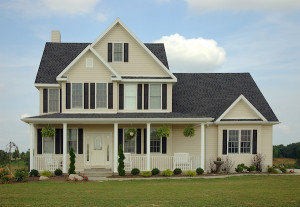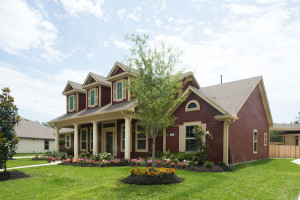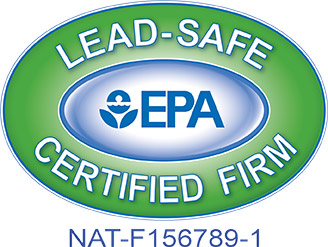When it comes to deciding which material to cover the exterior of your home or addition, there are many factors which come into play. If this was a Family Feud episode, the number-one answer would be BUDGET! But don’t forget other factors, such as aesthetics, durability, insulation value, and maintenance.
While I’ve seen every kind of siding in neighborhoods all around the Baltimore and DC metro areas, I’ve noticed that while Baltimore seems to be prominently a vinyl crowd, the suburbs of DC (Montgomery and Prince Georges Counties) have caught the Hardie wave.
For the purposes of clarity, I use the word “Hardie” like most people use the words “Q-Tip”, “Band-Aid”, or “Kleenex”. It’s a proper noun which most people recognize when describing wood fiber cement siding. A good twenty years into polyvinyl chloride (better known as vinyl) siding’s impressive fifty-plus year reign as most popular siding product, James Hardie introduced fiber cement siding to the world. In this article, I’m going to give you the pros and cons of each, and allow you to draw your own conclusion for which product is right for you.
BUDGET!
This is an easy one. Without a doubt, vinyl is less expensive than Hardie. Fiber cement materials are on average 50% higher, and the labor cost is about 25% higher. Some of you might have just gotten all the info you need, but hang on a minute. There are other factors to consider.
AESTHETICS
This is a very subjective factor and it could be argued that both products can produce truly beautiful results for your home. Vinyl has one edge over Hardie in that you have a wider variety of styles you can choose from. Fiber cement has narrowed this gap over the years, offering a cedar shake style, scallops, etc., but vinyl still has more options. However, one option you don’t have with vinyl is changing your mind on the color ten years down the road.
Many supporters of Hardie products (myself included) would argue that aesthetically, fiber cement has a more realistic wood look than vinyl, which can come off looking… well… plastic. I usually suggest Hardie for restoration projects or additions to brick or stone houses. Again, it’s a subjective preference.
DURABILITY
While I would admit that when brand new, vinyl can take a beating better than fiber cement due to its flexibility, vinyl can become brittle over time, especially the side of your house that gets all the sun. I have a friend who replaced all the cedar siding on his house with Hardie due to the fact that woodpeckers, carpenter bees, and termites have no interest in it. Of course, the same could be said for vinyl. It’s important to note here, that vinyl’s durability varies according to gauge (thickness) and the purity of the PVC. If you’re going to get vinyl, make sure it’s the good stuff.
INSULATION VALUE
The truth is, neither product is worth very much in terms of insulation. If your house is always cold and drafty, siding isn’t going to make much of a difference. However, it’s noteworthy that some vinyl products come with a molded backer with a decent R-value. Of course this option costs more and narrows the gap in cost.
MAINTENANCE
Overall, you have to give the advantage of maintenance to vinyl siding. I mean, it’s plastic! A garden hose and maybe a cloth is all you need. Fiber cement siding needs to be painted every 7-9 years if you opt for the primed product. Hardie offers a ColorPlus option, which is prefinished and guaranteed for 15 years against fading, peeling, cracking, or chipping. If you’re getting prefinished, you better make sure the team installing it is highly qualified or you’re going to see a ton of touch-up paint everywhere.
In summary, it was not my intent to endorse one product or the other. In the building industry, it’s difficult to get an unbiased opinion on this and many other subjects. Your best bet will be to visit some jobs that show off both options and see for yourself what will make you happy.



